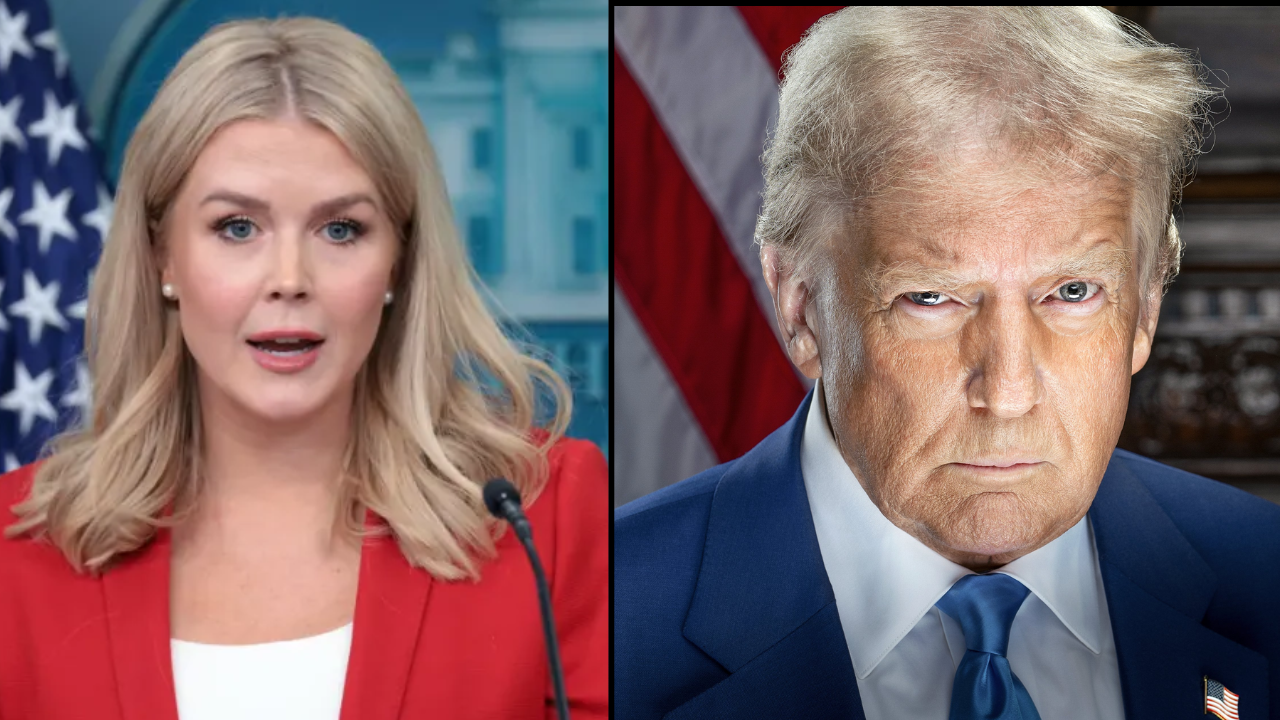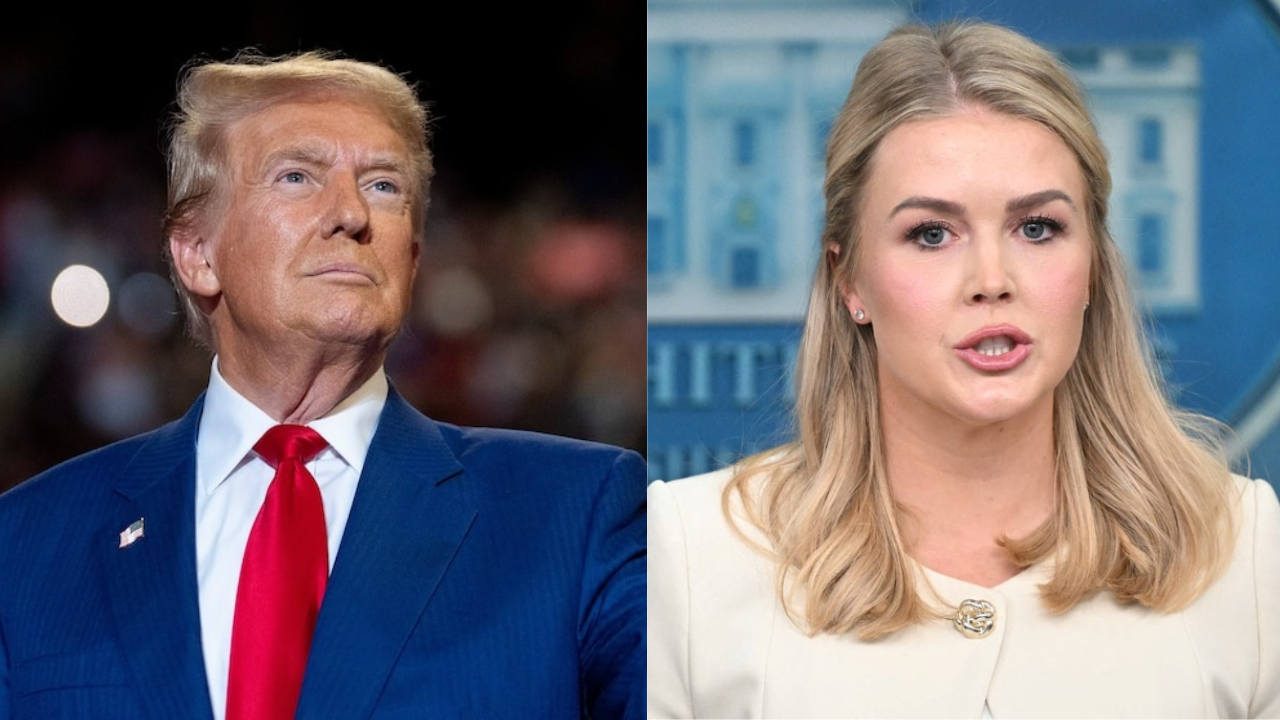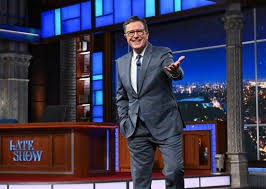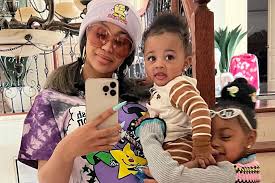SHOCKING NEWS: Karoline Leavitt Reveals Extremely Rare Tour Inside the White House — What Was Filmed Inside the President’s Private Office Has Left Viewers Speechless
Washington, D.C. — In an extraordinary and unexpected media release that has sent shockwaves across both political and public circles, Karoline Leavitt — a rising conservative figure and former White House communications aide — unveiled an unprecedented, behind-the-scenes video tour from deep inside the White House. But it wasn’t just any tour — for the first time in recent memory, viewers were given access to highly restricted areas, including the President’s private office spaces, sparking awe, admiration, and no shortage of controversy.
Released via Leavitt’s social media channels and an accompanying broadcast segment, the nearly 25-minute video offers an intimate look inside rooms long considered off-limits to the public. Among them: the President’s private study adjacent to the Oval Office, sections of the West Wing rarely shown on camera, and even what appears to be candid, unscripted moments captured within the President’s personal workspace.

Never-Before-Seen Footage Captivates the Nation
The video begins with Leavitt walking through the familiar White House colonnade, her commentary laced with patriotic reverence and historical context. As the tour progresses, the tone becomes more serious — and more surprising — as she opens doors to rooms that even veteran White House reporters rarely enter.
Inside the President’s private office, viewers were stunned to see personal touches that revealed the human side of the presidency. Handwritten notes from family members sat tucked beside briefing folders. A half-finished mug of coffee rested on a coaster bearing the Presidential Seal. On the walls, carefully selected paintings and photographs told a story of legacy, loyalty, and leadership — including one never-before-displayed portrait of a 19th-century president believed to be chosen by the current Commander-in-Chief as a quiet nod to political reform.
But it was the unexpected — and unfiltered — nature of the tour that truly left viewers speechless. For a few moments, the camera appeared to catch a classified-looking document on the President’s desk, which has since sparked online speculation about security clearances and potential breaches.
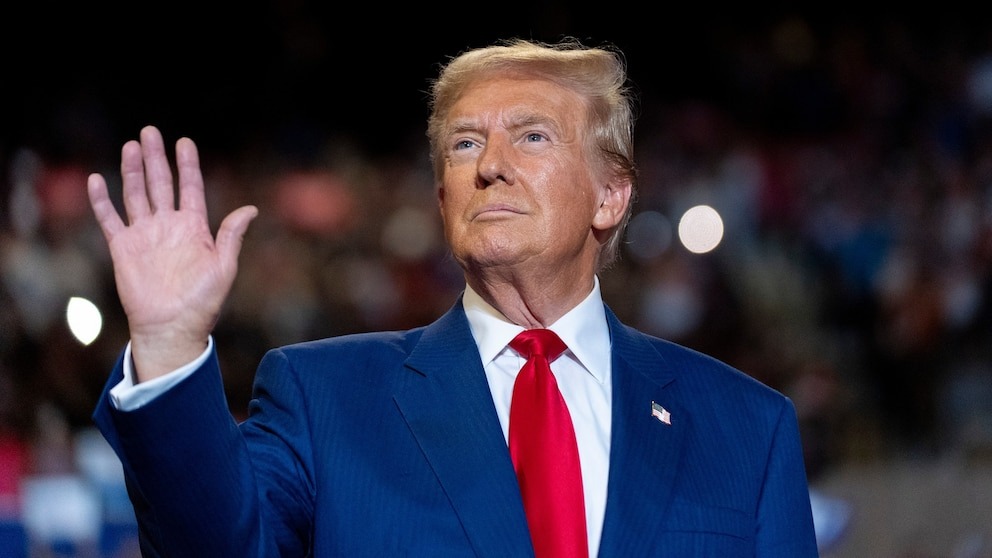
Outrage, Admiration, and Questions from Both Sides
Within hours of its release, the video triggered a national conversation. Some hailed it as a powerful example of government transparency — a rare look behind the veil of power, showing the American people where history is made and decisions are shaped.
Others, including former national security officials, criticized the decision to film in sensitive areas, warning that even subtle details could pose risks. “It’s not just what you see — it’s what can be inferred,” said one unnamed official in a statement to a major news outlet. “Room layouts, document glimpses, schedules, security placement — all of that matters.”
Leavitt, however, appeared unfazed by the backlash. In a follow-up post, she defended the video as “a tribute to the enduring strength of American democracy” and stated that all footage was cleared through “proper internal channels.”
Symbolism or Stunt? The Political Underpinning
With the 2024 presidential election cycle intensifying, many observers see the video as a bold strategic move — whether by Leavitt herself or the administration she once served under. The tour not only showcases the grandeur and history of the White House, but also subtly reinforces themes of patriotism, legacy, and leadership — values that resonate deeply with conservative audiences and undecided voters alike.
Media analysts suggest the video may serve as a soft campaign message — presenting a clear contrast between tradition and turbulence in American leadership. “This wasn’t just a walk through the West Wing,” said one political analyst. “It was carefully orchestrated political theater, wrapped in the stars and stripes.”

What Happens Next?
As the video continues to dominate headlines and trend across social media platforms, the White House has remained officially silent on the matter. No formal statement has been issued, and it’s unclear whether any internal review will follow. However, sources close to the administration indicate that Leavitt’s access was arranged weeks in advance, and that security personnel were present throughout the filming.
In the meantime, the public remains captivated — with reactions ranging from patriotic pride to heated debate. The tour has sparked renewed interest in White House history, online sleuthing over every visible detail, and a new wave of speculation about how modern politics and media are reshaping the boundaries of presidential privacy.
One thing is certain: Karoline Leavitt’s White House tour has not only revealed the inner sanctum of American power — it has also pulled back the curtain on how that power is perceived, presented, and performed in the age of viral media.
